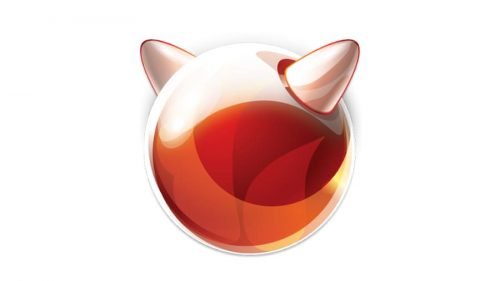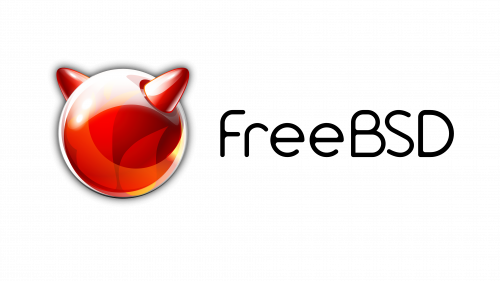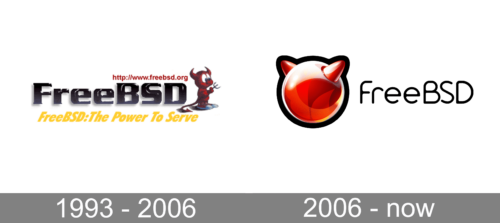FreeBSD is an operating system of the UNIX family, which serves as a successor for AT&T within the BSD line created at Berkeley University. The first version of FreeBSD was introduced in December 1993. For about thirty years, a community of more than 300 developers has been performing the engineering work on it. The system has been widely used for Internet and intranet servers, desktop and laptop computers, as well as for embedded platforms. Now the system serves the needs of many commercial companies, computer specialists, individual users and Internet providers all over the world. The last version of the system was released in November 2019.
Meaning and history
FreeBSD is a free and open-source Unix-like operating system that originated from the Berkeley Software Distribution (BSD) developed at the University of California, Berkeley. The first version of FreeBSD was released in 1993, developed from 386BSD—the first fully functional and free Unix clone—and has since continuously been the most commonly used BSD-derived operating system.
Over the years, FreeBSD has achieved significant milestones, including the development of the Z File System (ZFS), which is both a filesystem and volume manager, natively handling features such as RAID, snapshots, and replication.
Today, FreeBSD maintains a complete system, delivering a kernel, device drivers, userland utilities, and documentation, distinguishing it from Linux, which relies on third parties for system software.
1993 – 2006

At the outset, the main logotype of FreeBSD system was a red funny toon little devil, widely known as “Beastie”. The little devil had a very friendly look on his face and a trident in his hands, and he was wearing funny red or green sneakers. The hint was made to the “deamon” programmes operating under UNIX systems. Besides, there was another logo, “Devilette” depicting a girl in a red demon dress.
2006 – Today

However, many users did not like the idea of having a devil in their computers. Therefore, in 2005 the FreeBSD Foundation registered a new logotype, which is in use until now. This official logo is a 3-D red orb with yellowish tones and two small cones coming out from inside the ball. Bearing in mind the previous logo, one could say that the orb reminds the small devil’s head, only seen from behind, and the two cones are his horns. To the right of the emblem, there is the brand name, “FreeBSD” made in a handwritten font very close to the commercial Arista Pro Alternate Light. The wordmark is in black colour.
The logo also exists in a version for dark backgrounds. It is the same “devil’s head” but made within a rectangle the upper half of which is black and the lower is dark indigo blue, while the wordmark is written in white. The name of the product, FreeBSD, means that it can be used free of charge with minimal restrictions even by commercial customers. On the other hand, anyone is able to introduce an improvement to the system.









